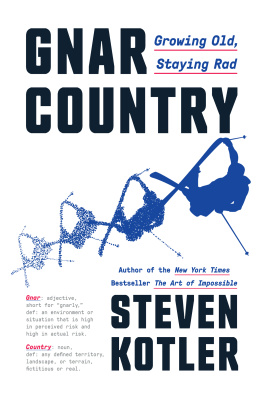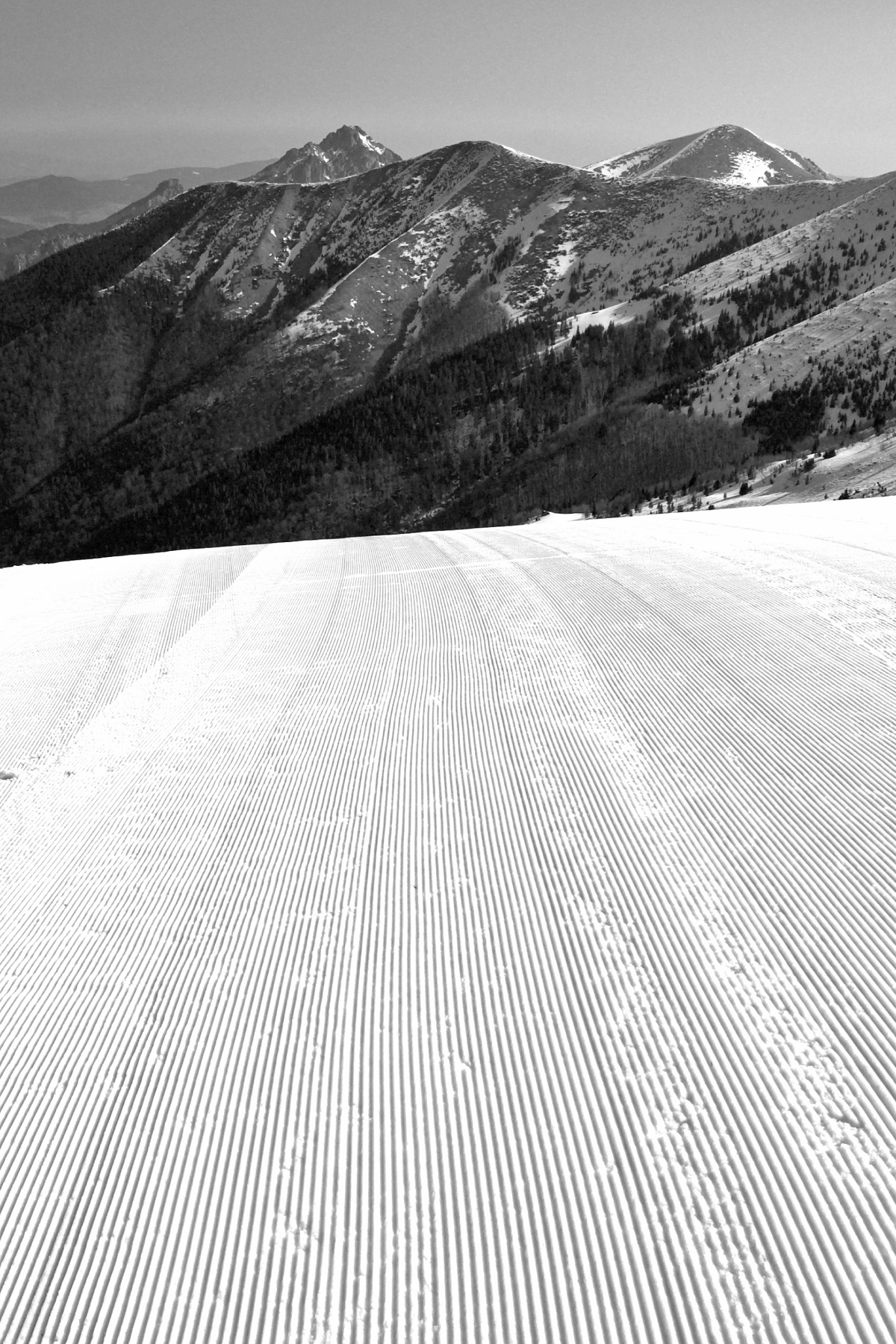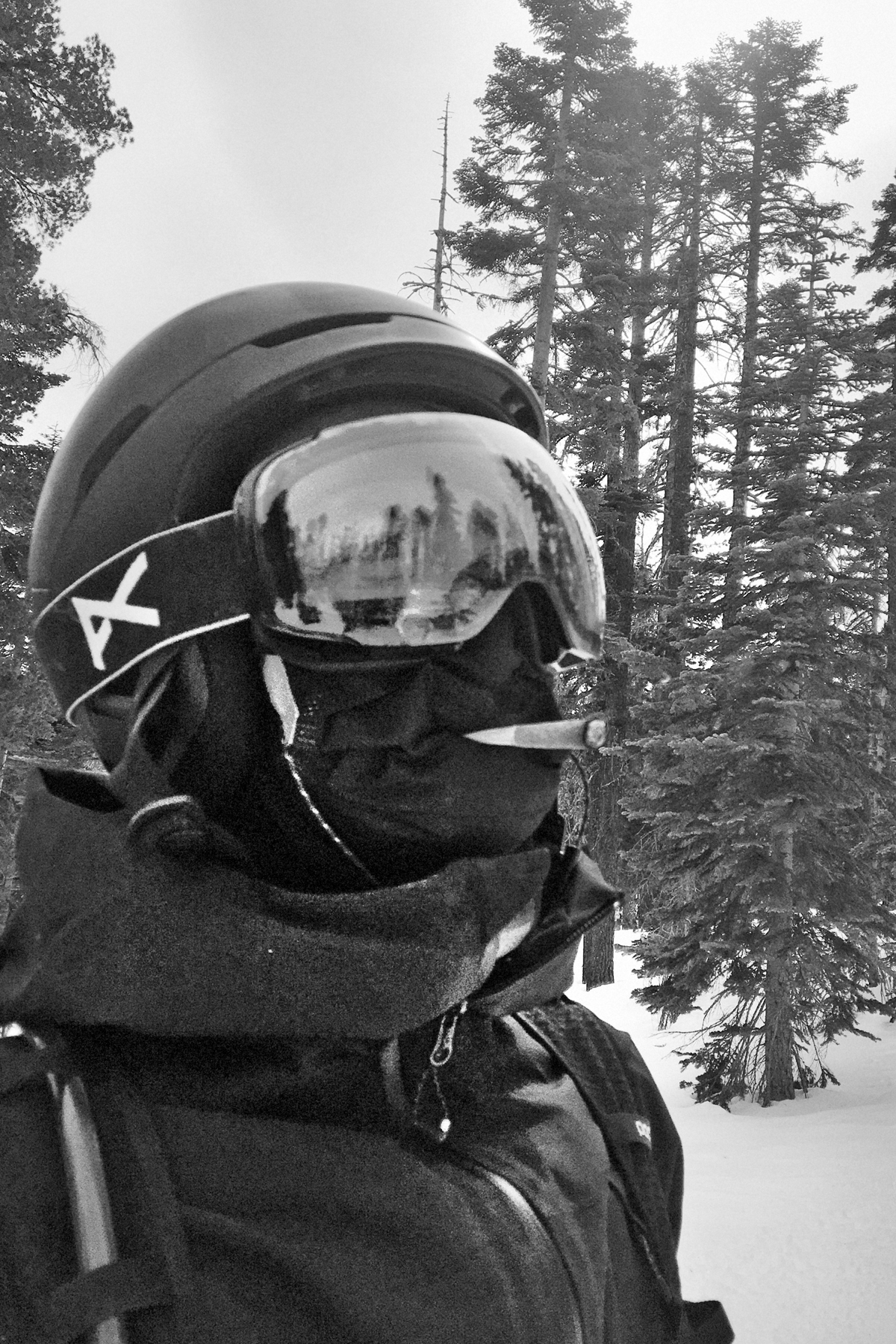Steven Kotler - Gnar Country: Growing Old, Staying Rad
Here you can read online Steven Kotler - Gnar Country: Growing Old, Staying Rad full text of the book (entire story) in english for free. Download pdf and epub, get meaning, cover and reviews about this ebook. year: 2023, publisher: HarperCollins, genre: Romance novel. Description of the work, (preface) as well as reviews are available. Best literature library LitArk.com created for fans of good reading and offers a wide selection of genres:
Romance novel
Science fiction
Adventure
Detective
Science
History
Home and family
Prose
Art
Politics
Computer
Non-fiction
Religion
Business
Children
Humor
Choose a favorite category and find really read worthwhile books. Enjoy immersion in the world of imagination, feel the emotions of the characters or learn something new for yourself, make an fascinating discovery.
- Book:Gnar Country: Growing Old, Staying Rad
- Author:
- Publisher:HarperCollins
- Genre:
- Year:2023
- Rating:4 / 5
- Favourites:Add to favourites
- Your mark:
Gnar Country: Growing Old, Staying Rad: summary, description and annotation
We offer to read an annotation, description, summary or preface (depends on what the author of the book "Gnar Country: Growing Old, Staying Rad" wrote himself). If you haven't found the necessary information about the book — write in the comments, we will try to find it.
The New York Times bestselling author and human performance expert tests his knowledge and theories on his own aging body in a quest to become an expert skier at age fifty-three.
Gnar: adjective, short for gnarly, def: any environment or situation that is high in perceived risk and high in actual risk.
Country: noun, def: any defined territory, landscape or terrain, fictitious or real.
Cutting-edge discoveries in embodied cognition, flow science, and network neuroscience have revolutionized how we think about peak performance aging. On paper, these discoveries should allow older athletes to progress in supposedly impossible activities like park skiing (think: jumps and tricks.) To see if theory worked in practice, Kotler conducted his own ass-on-the-line experiment in applied neuroscience and later-in-life skill acquisition: He tried to teach an old dog some new tricks.
Recently, top pros have been performing well past a previously considered prime: World-class athletes such as Kelly Slater, the greatest surfer of all time, is winning competitions in his fifties; Tom Brady can beat players half his age. But what about the rest of us?
Steven Kotler has been studying human performance for thirty years, and taught hundreds of thousands of people at all skill levels, age groups, and walks of life, how to achieve peak performance. Could his own advice work for him?
Gnar Country is the chronicle of his experience pushing his own aging body past preconceived limits. Its a book about goals and grit and progression. Its an antidote for weariness that is inspiring, practical, and, often hilarious. It is about growing old and staying rad. Its a feverish reading experience that makes you put down the book, get out there, and move. Whether hurtling down a mountain side, running your first 10K race, or taking your career to new heights, Kotler challenges us to test ourselves, surpass our limits, and achieve our own impossible, whatever it might be. Part personal journey, part science experiment, part how-to guide, Kotler takes us on his punk rock, high-velocity joy-ride for a better life in spiteand often in defiance ofthe perceived limitations of the aging human body.
Steven Kotler: author's other books
Who wrote Gnar Country: Growing Old, Staying Rad? Find out the surname, the name of the author of the book and a list of all author's works by series.













